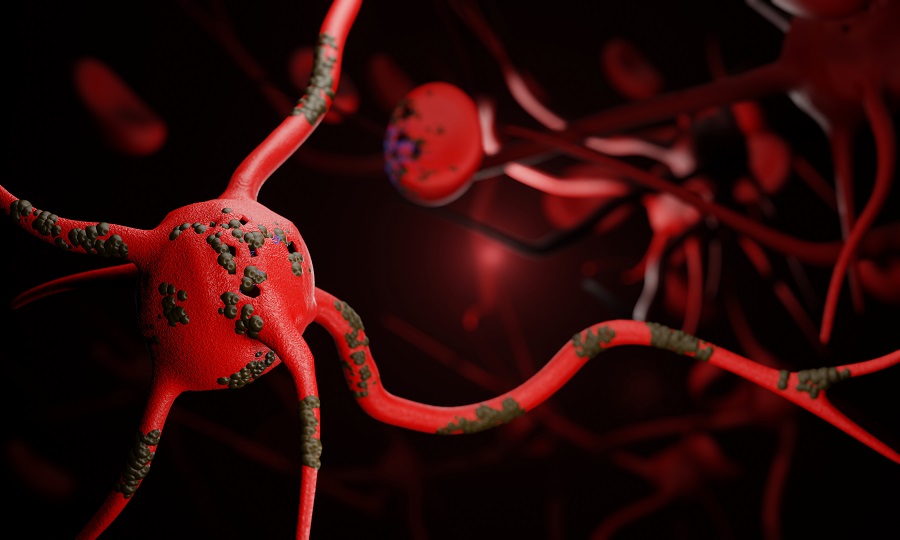Introduction
Dental procedures are generally considered routine and safe, relieving tooth pain and maintaining oral health. However, the unexpected can sometimes occur, as highlighted by a rare and shocking case where a man’s trip to the dentist indirectly triggered bleeding in his brain, leading to him being diagnosed with a rare genetic disorder.
This extraordinary incident serves as a reminder that medical complications can arise even in the most unexpected scenarios.
The Unexpected Occurrence
Around thirty minutes after undergoing the extraction of two teeth, a man in his late 60s from Australia experienced a sudden onset of dizziness accompanied by vomiting. His vision became distorted, causing objects to appear as if rotated 90 degrees counterclockwise.
Following these symptoms, he promptly sought medical attention at the emergency department. Medical professionals diagnosed him with elevated blood pressure and observed involuntary leftward eye movements.
Additionally, he exhibited unsteady walking and a tendency to fall to the right. Subsequent analysis through a computed tomography (CT) scan revealed an Intracerebral hemorrhage (ICH), indicating bleeding in the lower left region of his brain.
Understanding the Mechanism
The connection between a dental procedure and a brain hemorrhage might seem implausible at first glance. However, upon closer examination, it becomes apparent that certain factors could have contributed to this highly unusual outcome. During dental extractions, the manipulation of teeth can inadvertently disturb the surrounding blood vessels, which are connected to larger arterial networks. In extremely rare cases, this disruption can potentially lead to the dislodgment of a blood clot that could travel to the brain, triggering a hemorrhage.
However, Intracerebral hemorrhage (ICH), a prevalent stroke type, can result from various factors, such as drug misuse (e.g., amphetamine), brain malignancies, physical injuries, and severe cold exposure. Illustrating this, a woman with a hypertension background encountered ICH following her involvement in the “Ice Bucket Challenge.”
Probing the Man’s Medical History
Doctors discovered that six weeks before his dental visit, he had been recommended for a CT scan due to suspicions of Parkinson’s disease, a degenerative condition leading to neuron loss and movement problems. While the CT scan did not detect any brain blood vessel abnormalities at that point, it did reveal indications of white matter disease. This condition arises from compromised blood flow, causing damage to nerve fibers responsible for inter-brain communication. The emergency department corroborated these white matter disease indications through magnetic resonance imaging (MRI) scans.
Medical experts examined the man’s DNA and identified a mutation in the NOTCH3 gene linked to a rare inherited disorder termed Cerebral Autosomal Dominant Arteriopathy with Subcortical Infarcts and Leukoencephalopathy (CADASIL). This condition thickens blood vessel walls, impeding brain blood flow.
About the Disorder
Diagnosing CADASIL is exceptionally challenging due to its rarity—only impacting 2 in 100,000 individuals—and its hallmark symptoms, like vision issues, weakness, and walking struggles, often mirroring other neurological disorders, notably multiple sclerosis.
Initially, ICH was considered rare in CADASIL cases. New research indicates it might be more common. Whether CADASIL and ICH are often connected, this case is the first ICH report after dental work in a CADASIL patient.
After visiting the emergency department, the man received medication for his high blood pressure. Three months later, he noticed his unsteadiness had improved, and his vision had returned to normal. As a preventive measure against further strokes, he was advised to take aspirin regularly to enhance blood flow in his brain.
Conclusion
While it is highly unlikely to experience ICH after dental extraction, this case underscores that medical events sometimes go against expectations. Healthcare professionals should stay watchful, deeply grasp patients’ backgrounds, and handle potential issues effectively. Patients should openly talk with their healthcare providers and remain informed about potential risks, even rare ones.
Reference
- In rare case, man’s brain starts to bleed following tooth extraction at the dentist. Accessed August 25, 2023. Available at: https://www.livescience.com/health/viruses-infections-disease/in-rare-case-mans-brain-starts-to-bleed-following-tooth-extraction-at-the-dentist
If you enjoyed reading this article, you may also appreciate our courses on The Basic in Implant Dentistry, which delve into similar subjects.
If you are interested in exploring more medical courses visit our newest product Docquity Academy. This platform empowers esteemed doctors from across Southeast Asia and beyond to disseminate their insights and knowledge through courses they’ve meticulously crafted. Discover more medical courses and join us in advancing your learning journey!




